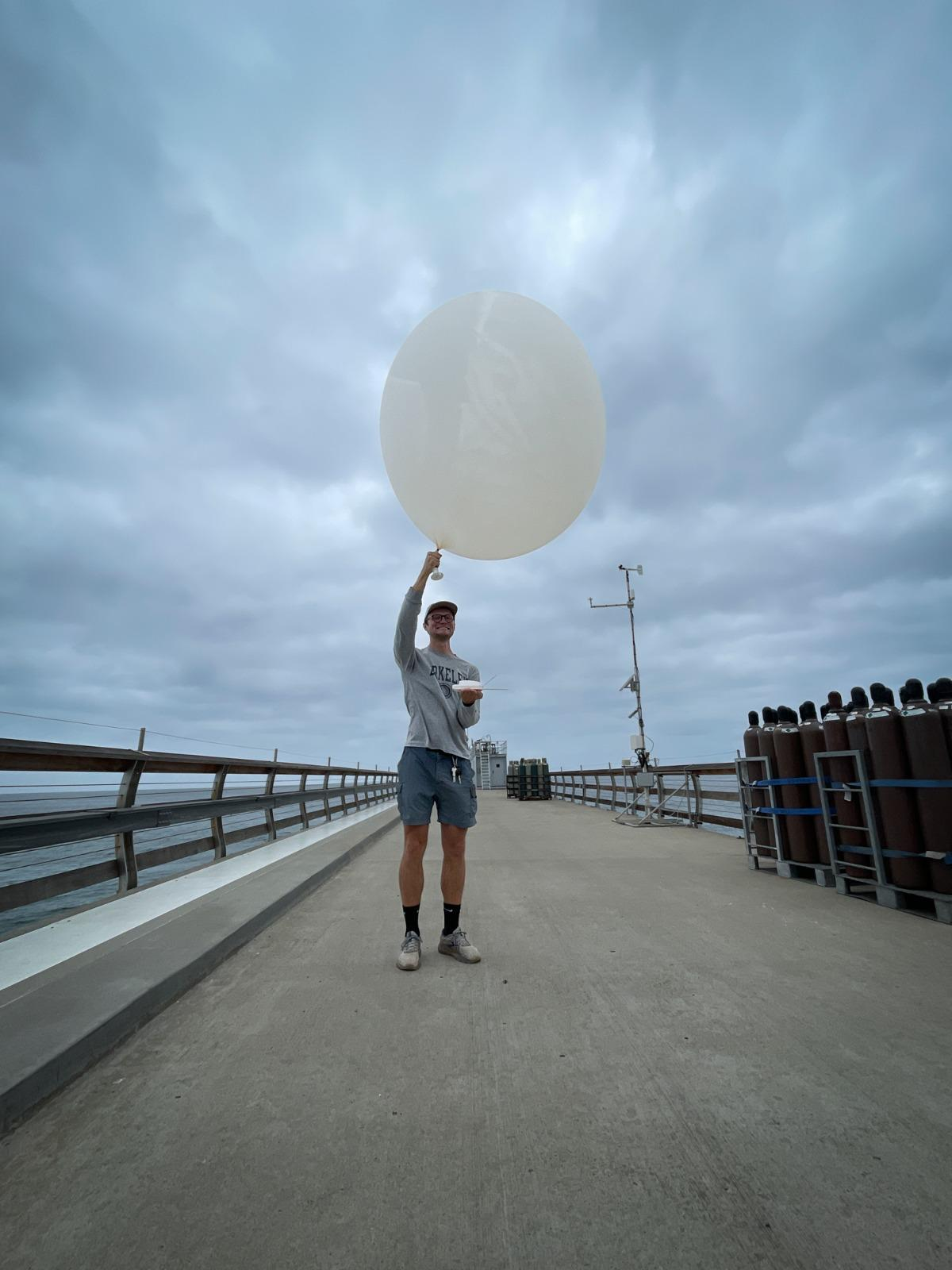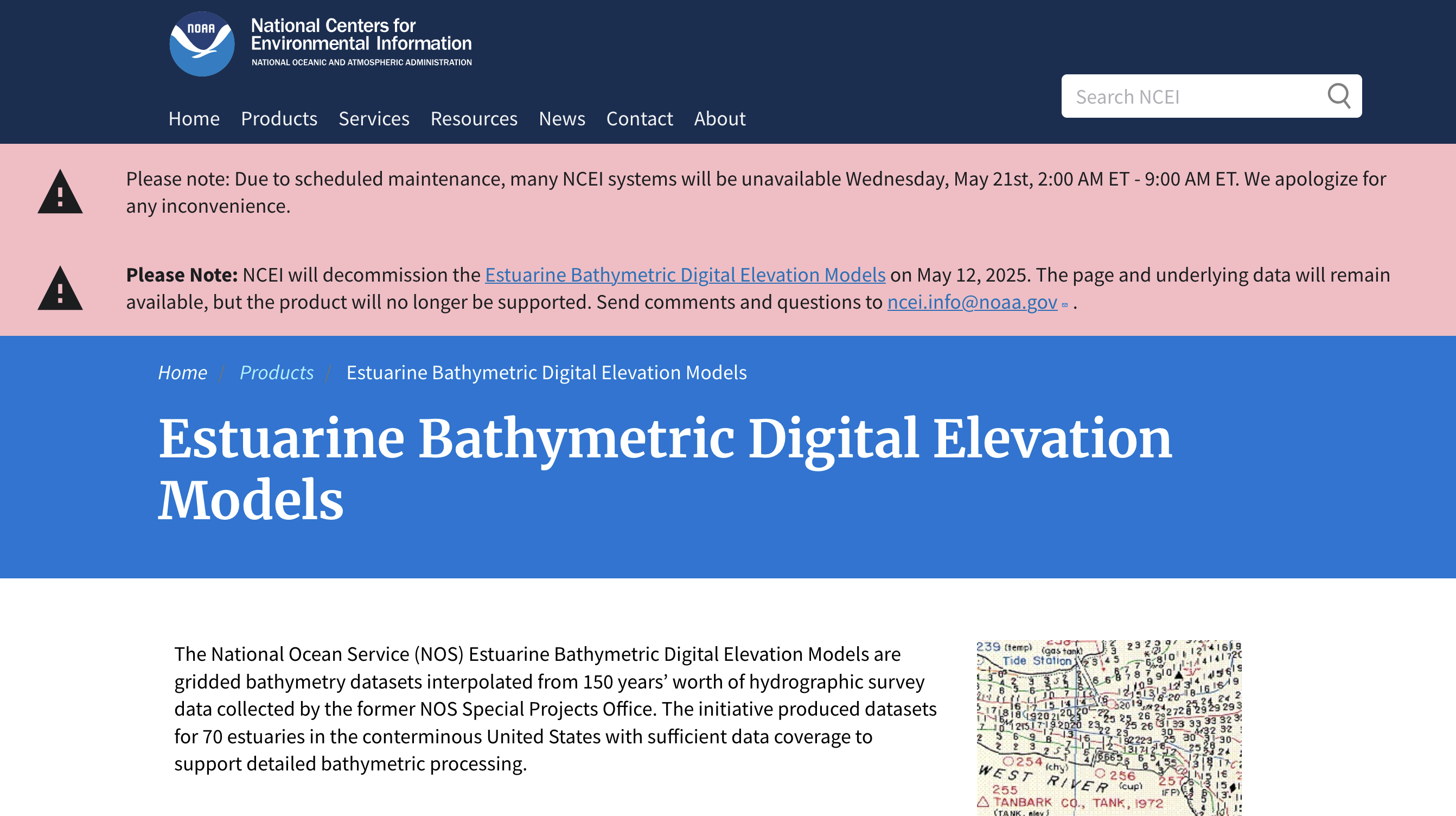The National Oceanic and Atmospheric Administration (NOAA, pronounced like “noah”) is one of many agencies under enormous budget collapse from the Trump administration right now. While all of the scientific agencies in the USA essentially remain under a hiring freeze, they are also looking down the barrel of massive budget cuts that will addle research progress (if not virtually completely stop it, depending on the pace of necessary agency restructurings). This blockage in the research infrastructure of the United States is likely to halt a generation of scientists as they seek funding for graduate school, careers as federal scientists, and strategic guidance for the fundamental and applied research that keeps the whole shebang moving forward.
The United States has been the global hub of federal-level science essentially since World War II, a dominance supported by many state-level actions as well. That soft power has eroded somewhat in some recent decades particularly as China and India have produced STEM graduates at paces inconceivable by American standards, and many other [generally wealthy] countries have developed robust research arms (like CSIRO in Australia) and their own niches. But still, the income levels for scientific work and breadth of science funding in the US have supported robust workforces here, and the capacities of our federal-level scientific products have allowed the United States and its agencies’ data products to center themselves for global scientific development. It is very likely that we are now at a turning point for this pattern.
I am biased towards environmental science work of course, but let’s entertain an example. The National Weather Service is a federal agency under NOAA that produces weather forecasts (building upon NOAA’s various climate data pipelines and the computing resources to run the large-scale models). These forecasts and datasets inform all sorts of things: the temperatures and winds you see in your daily weather forecasts; farmers’ growing-season predictions; water resource management; and mountaineers’ avalanche awareness procedures. It’s unlikely that these services stop outright, but very likely that they are going to get a bunch worse as described in this solid article in Mother Jones (see also in NPR. This means potentially less drought predictability for farmers, tighter controls on water use, and more people dying in avalanches. Some of these data streams are only in the US, but data produced in the United States such as weather balloon sondes provide backbone data to climate models that are global in use. Still, closer to home, my cousin (who has a little rain-prediction gadget in his house) said he considered using the Norwegian global meteorological model due to forthcoming changes in the National Weather Service, before he ultimately found a more local data stream from here in the East Bay.

All of this makes me sad, because NOAA products underlay of a lot of the science I have done, with their network of tide gauges and wave buoys. I’ve also worked for, and used data extensively from, the US Geological Survey (USGS) which produces a lot of topographic information, river monitoring data, and Landsat satellite imagery. Without the wave buoys, even the surf reports I depend on for my favorite hobby are going to get bigger error bars, if not scrapped altogether in some places. Environmental datasets paid for by taxpayer dollars are being removed from public view, and I would not be shocked if some are being outright deleted. See some documentation of the access changes and some efforts to archive data here.

Essentially, we are seeing the fragmentation and destruction of some of the best pipelines of what I call environmental operational science. That is, the routinized and mass-scale production of data and models that society uses at a daily level. Funding cuts to grants are also affecting what I, in contrast, call exploratory science, the more prototypical view of a scientist in a room with a hypothesis running some tests to see what is true or not. Exploratory work in environmental science generally has low overhead costs as compared to, say, running a genomic wet lab, because it is effectively subsidized by the prevalence of operational science, the infrastructure which produces large-scale environmental datasets and monitoring initiatives. Because there is no “blank slate” in environmental science work—no “control earth” (the earth has always been full of matter and things going on!)—most research is done in relation to background or baseline conditions, which are only knowable with routine monitoring systems.
Both “operational science” and “exploratory science” are necessary for progress in environmental science, I think. Operational science provides the trusted observations, business-as-usual cases, or some foundational context in which new questions can be asked. Exploratory science can challenge the underlying assumptions of the operational work, or work in defiance of some standard methodology in order to uncover some sort of novel dynamic or generally just do its own little anarchic thing.
(A personal favorite case of this is Daniel Livsey and company uncovering systematic bias in suspended-sediment concentration monitoring in San Francisco Bay due to unchecked assumptions about vertical density distributions!!!)
I dwell on this distinction between operational and exploratory science as a desperate attempt to find silver linings to these budget cuts. After slash-and-burn, at least some new ecologies can emerge? I am very concerned for the future of operational science in the United States (and its according global reach) given the attacks on science infrastructure, particularly that of climate modeling. This work requires large staffing and budget capacities to drive mass coordinated efforts in data production, cleaning, access, and data-model synthesis. The future of this work will lean more heavily on other countries. I am less worried about exploratory science, which may be more easily supported by smaller grants from private institutions, or as driven by some passionate curiosity rather than an officially-funded program.
Let me not overly romanticize the gentleman scholar, as all work requires resources, but I am optimistic that even if American researchers will soon need to torrent our baseline hurricane data from some guy’s DIY garage backup server instead of official NOAA datacenters, science will continue to creep forward, albeit more slowly and for fewer people. There are a handful of low-cost environmental sensing initiatives now which may see heightened interest due to shoestring budgets, some states will pick up the task of funding more science (here’s a California example, and otherwise I wonder if some of the scientific culture that has developed in the United States can slow down and embrace the reset.
The vibe continues to deteriorate though, and for whatever value there is in science writ large, many people are having their career aspirations dashed and needing to make mid- or late-career pivots. And critical data are being lost. As the operational science pipelines suffer the budget equivalent of a tourniquet, exploratory work may run out of runway as the baseline conditions become more difficult to collect. Aside from punishing the educated bureaucrat class, this is likely the goal of the Trump administration: it’s easy to move blissfully onwards with deep-sea mining if you’re no longer looking to see if any damage is taking place on the seafloor, just as it’s easy to keep pumping oil if you’re no longer testing children’s developmental defects from the town next to the derrick. The loss of routine monitoring work strips us of some powers to notice subtle changes in our health and environments, despite all the magic exploratory science can perform.
The Center for Land Use Interpretation in Los Angeles published this loving piece on EROS and Landsat, a satellite imaging array maintained by NASA and the USGS, saying:
With no other uniform system of earth observation imagery operating so thoroughly and for so long, what Landsat uniquely offers is the ability to show changes to the planet’s surface over the last half a century, something that is increasingly useful not just to earth scientists, but as a record of anthropogenic change that is compelling to the citizens of the world at large.
I’m truthfully not yet sure where to spend my energy to combat some of these losses to the global environmental operational science infrastructure, but I’ve downloaded some datasets, am exploring some creative forms of protest (like this livestream-a-thon), and got myself a job in Sweden for the next two years (come visit me in Stockholm). The losses are large, but we’ll still be standing after the flood.
Some Bonus Links:
- The essay Birds and Frogs by Freeman Dyson. This describes two cultures of mathematics, the birds who see the big-picture views, and the frogs who see the up-close little details. It doesn't really align with my operational/exploratory dichotomy, but it's interesting to consider another division amongst scientists.
- Dynamical is nonprofit org trying to make some large-scale climate data easier to pull and use—it has GEFS in python! See https://dynamical.org/catalog/ (hat tip to Nic).
- Open Weather’s Year of Weather project, bringing in more people to the world of weather data and celebrating what we have while we have it.
De-operationalizing,
Lukas
P.S. My last newsletter, #91, was about fires in Los Angeles and touched on architectural/planning decisions that could mitigate future harm. I can’t believe I forgot to link back, sixty posts earlier (!), to my post #30 “Hurricane Routine”, discussing hurricanes and earthquakes and referencing some old juicy thoughts by Lebbeus Woods on what an architecture that truly engages with a harsh disturbance regime might look like. I believe it’s all still worthy of re-excavation.
You just read issue #92 of Gnamma. You can also browse the full archives of this newsletter.